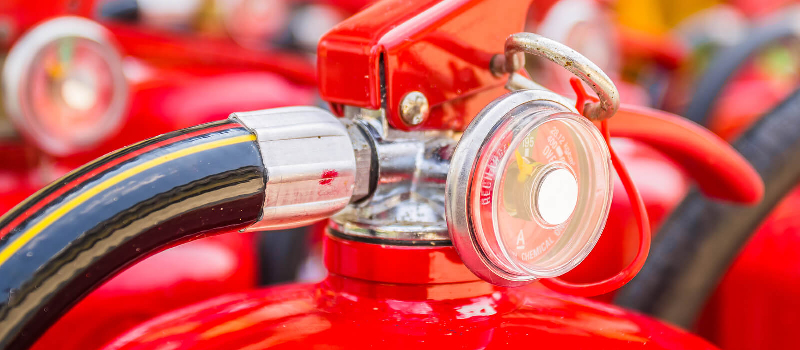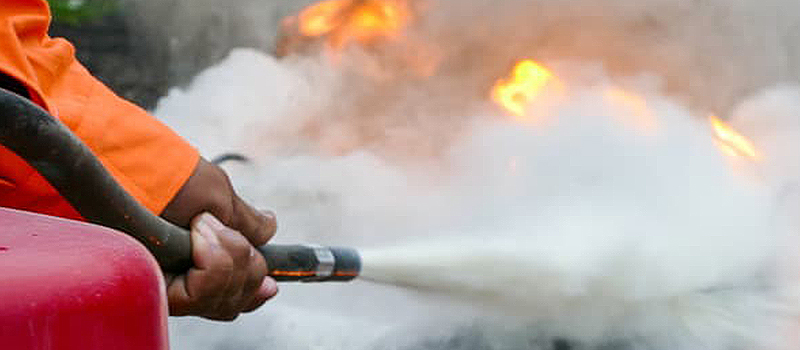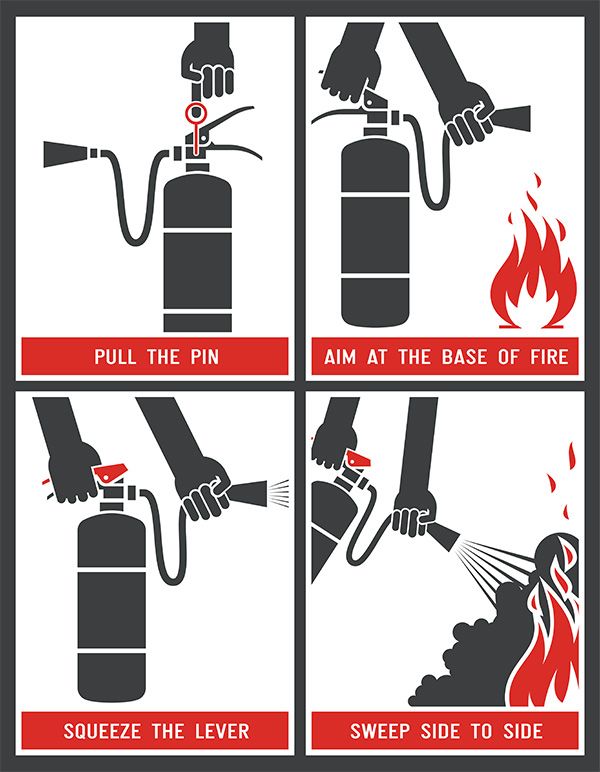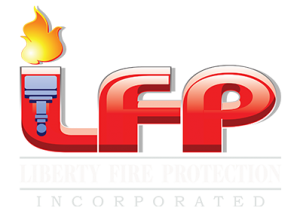Our industry professionals have the expertise to help you with the right equipment you may need for your commercial application.
Fire Suppression
First Line in Fire Protection.
At Liberty Fire Protection we believe fire extinguishers are the best way to combat small fires in the workplace. Extinguishers can prevent a small fire from becoming a blaze, and its proper use of one can potentially prevent thousands of dollars in property damage, injury, or even death.
Fire extinguishers come in a variety of sizes, types, and each fight a specific kind of fire your business may one day face. Our industry professionals have the expertise to help you with the right equipment you may need for your commercial application.

Types of Fire Extinguishers
- ABC Dry Chemical
- BC Dry Chemical
- Carbon Dioxide
- Class D
- Wet Chemical
- Clean Agent
- Halon
- Stored Pressure Water and Foam

Types of Fires
Class A
Call A fires are fire in ordinary combustibles such as wood, paper, cloth, rubber, and many plastics.
Class B
Class B fires are fires in flammable liquids such as gasoline, petroleum greases, tars, oils, oil-based paints, solvents, alcohols. Class B fires also include flammable gases such as propane and butane. Class B fires do not include fires involving cooking oils and grease.
Class C
Class C fires are fires involving energized electrical equipment such as computers, servers, motors, transformers, and appliances. Remove the power and the Class C fire becomes one of the other classes of fire.
Class D
Class D fires are fires in combustible metals such as magnesium, titanium, zirconium, sodium, lithium, and potassium.
Class K
Class K fires are fires in cooking oils and greases such as animal and vegetable fats.

How to use the Fire Extinguisher
Familiarize yourself with the fire extinguisher’s directions so you’re prepared in case of a fire. The fire extinguisher is fairly easy to use and the easiest way to operate the fire extinguisher is to remember to use the P.A.S.S. method.
P – Pull the pin.
A – Aim the nozzle at the base of the fire.
S – Squeeze the handle
S – Sweep the nozzle from side to side at the base of the fire until extinguished.
A – Aim the nozzle at the base of the fire.
S – Squeeze the handle
S – Sweep the nozzle from side to side at the base of the fire until extinguished.


